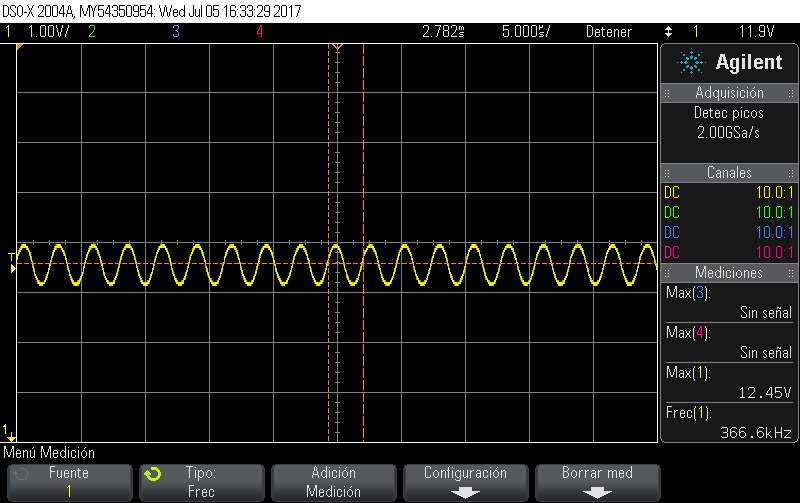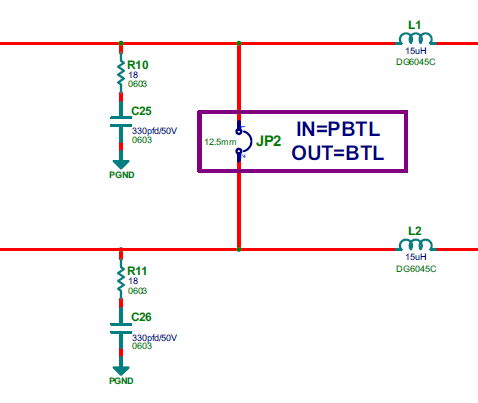Part Number: TAS5731EVM
Hi,
I have a question regarding the TAS5731M amplifier. When I do not have the amplifier without any charge, I can see that the coils are getting quite hot,
a symptom that current is passing through them but I do not understand where that current flows if there is not a speaker connected.
Could you explain it to me please? Could we prevent this current from flowing around by some I2C record ?
Thanks you in advance.
Regards,
Antonio Guzman



